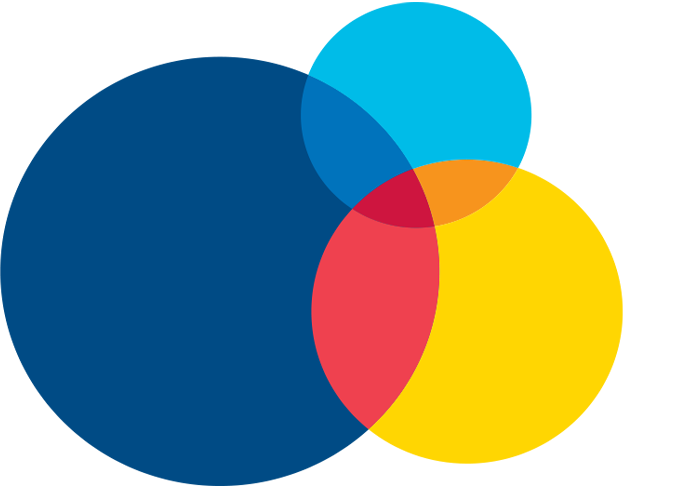A Brief History of Public Engagement at UC Davis
Rooted in the land-grant university tradition, and located in California’s Great Central Valley, the University of California at Davis has from its earliest days embodied a mission of public service and outreach aimed at bettering society.
- That work began in the early 1900s, when land along Putah Creek became the site of UC Berkeley’s University Farm. Over the decades of the early twentieth century, Davis became known as a place where scientific research could be tested in practice and where farmers could gain practical instruction in the latest farming techniques and approaches. The Davis farm shared with the broader Progressive movement of that time a faith in science and rationality, but also an insistence that public higher education must serve broad public ends, rather than simply benefiting powerful private interests or students’ individual educational and economic advancement.
- The land-grant tradition shifted but did not go away when Davis became a general campus of the University of California in 1959, expanding its academic programs beyond agriculture as part of a rapid expansion in public higher education nationwide. The anti-war, farmworker, consumer, and environmental movements of the 1960s and ‘70s posed major questions about UC Davis research priorities and what values and constituencies they served or did not serve.
A proliferation of campus centers and institutes aligned with distinct public constituencies, issues, and opportunities began to be a defining feature of the campus. In many, though certainly not all, cases, these centers and institutes became incubators of robust campus-community partnerships which continue today. The public-service ethic remains a strong piece of the university’s life and work, even as the campus has grown tremendously in the size and diversity of its student body and faculty, in its stature as an internationally ranked academic institution, and in the highly interconnected range of problems it seeks to confront. - Higher level campus visibility and administrative support took a step forward in the 1990s, when Chancellor Larry Vanderhoef was part of a group of land-grant university presidents and chancellors convened by the Kellogg Foundation for the purpose of reimagining and reinvigorating the land-grant ideal. The resulting report featured UC Davis as a case study, based on unique partnerships such as a five-year memorandum of understanding with four important state agencies: California Resources Agency, Environmental Protection Agency, Department of Food and Agriculture, and Youth Authority. These partnerships—which supported community-based projects—were developed and administered in the 1990s through the campus Public Service Research Program. Chancellor Vanderhoef and Provost Bob Grey also created one-time New Initiatives Reserves funding in 1996 that provided multi-year support for novel faculty initiatives in which community-engaged scholarship was a common theme. These and other efforts were supported through University Outreach and International Programs beginning in the late 1990s and led by Vice Provost William Lacy, although University Outreach existed in some form prior to that time.
- Many promising initiatives at the university stalled during the decade from 2000 to 2010, as a series of severe budget cuts tied to the dot-com bust and the Great Recession led to dramatic declines in state appropriations. This included the dissolution of University Outreach. In response, a group of faculty and staff with strong interests and experience in public engagement pushed for campus reforms in 2013. Calling themselves Communities and Scholars Engaged (CASE), they created a white paper to articulate the value of community-engaged scholarship to the campus and public and to identify specific steps the university might take to support this form of public work. Concern over how public outreach and community-engagement functions might be administratively supported and managed helped animate the CASE group, and the white paper they wrote eventually received a positive response from Provost Ralph Hexter.
The Provost subsequently asked Dennis Pendleton, Dean Emeritus of UC Davis Extension, to conduct a national appraisal of engaged-scholarship activities and institutional support at other universities. At the Provost’s invitation, Pendleton chaired a broad-based campus committee, which issued a 2015 report titled Community-Engaged Scholarship at UC Davis: A Strategic Vision, documenting concrete and specific steps UC Davis could take to bolster engaged scholarship based on the best practices of other universities. Echoing the earlier CASE white paper, that committee report recommended the creation of a senior-level administrative office to support engaged scholarship. - At the beginning of 2015, UC Davis received the Community Engagement Classification by the Carnegie Foundation for the Advancement of Teaching, and was also developing a proposal to serve as the host institution for Imagining America, which it successfully became the subsequent year. In early 2017, the Office of the Provost appointed Michael Rios as faculty advisor and charged him with developing a strategic implementation plan followed by the creation of the Public Scholarship and Engagement unit in 2018.
Early 1900s
1960s and 70s
1990s
2000s
Present
To read a more detailed history about public engagement at UC Davis, see the article from which this excerpt is adapted.
